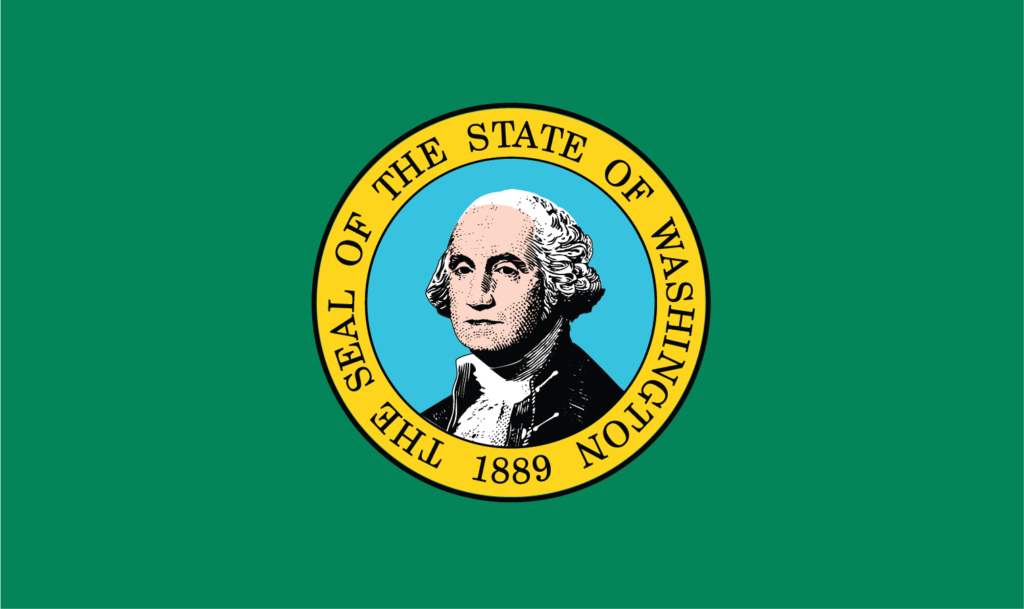
Because occupational licensure is largely created and implemented at the state level, there exists a patchwork of different policies and requirements for professional practice. This creates a consistent trend of veterans and military spouses having a greater barrier to licensed professions due to frequent moves and unrecognized training. Approaches to easing these challenges vary as state legislatures and governors have taken steps to do so. One example of attempting to remedy this problem is the formation of the Washington State Military and Readiness Transition Council (WSMTRC).
Founded in 2013, the WSMTRC is a joint project between a variety of executive agencies as part of the broader mission of veteran assistance in Executive Order 13-01. Since that time, the WSMTRC has consistently updated its goals and strategies with stakeholder input to better serve veterans and military spouses at key career transition points. With a new executive order (19-01) released in 2019, Washington further expanded the responsibility of state licensing agencies to assist veterans in their transition to civilian life.
Program Goals
The stated motivation for the passage of executive orders 13-01 and 19-01 was to improve the transition process to civilian life for veterans and to assist military spouses and National Guard members. As these populations relocate (sometimes frequently), employment is a necessary avenue for economic stability and avoid other systemic problems veterans face (mental health care gaps, homelessness, etc.). The WSMTRC attempts to address these issues in multiple ways.
Washington, like many other states, has recognized the challenges associated with transferring skills gained during military service into licensed civilian professions. The problem identified in WSMTRC guiding documents cites issues for individual veterans in unemployment or underemployment due to credentialing, and the issues states face of shortages of licensed professionals. The WSMTRC also works to support veteran engagement in apprenticeship programs and community colleges, as well as other forms of higher education, which can assist in bridging gaps faced by those seeking a professional credential.
A major motivation for the WSMTRC at its formation was the relatively high rates of unemployment and underemployment for veterans and military spouses compared to the general population. Notably, gaps in employment in military communities have the tendency to lead to further difficulty gaining employment.
One of the primary motivations for the initial formation of the WSMTRC and the continuing executive order is coordinating the services offered by the Department of Defense (DoD) and Washington State. Further, WSMTRC works to coordinate efforts among state executive agencies to ease the difficulty of navigating veteran services throughout state government.
Highlighted Innovations Within WSMTRC
In an effort to develop approaches toward these lofty goals, WSMTRC developed and combined services and resources for veterans and military spouses, as well as utilized the executive orders from Governor Jay Inslee to mandate changes in agency function.
Located within Joint Base Lewis-McChord, The American Job Center is a collaborative effort between the WSMTRC, DoD and local workforce development groups to provide career opportunities to veterans. The WSMTRC utilized the Center to market the Workforce Innovation and Opportunity Act, further providing personalized support to veterans.
As noted above, a primary goal of the WSMTRC is to better connect veterans with apprenticeship and higher education pathways toward a credential. Partners of the Council established lines of communication between education institutions and military communities.
Executive Order 19-01 contained a series of important directives to executive agencies to ease credentialing after military service and employment for military spouses. The section of the Order mandates agencies that give licenses to put in place procedures that ”expedite the issuance of credentials” and while the Order does not give a direct path, it does provide some guidance. These options include the potential for recognizing military training as a replacement for requirements or offering a full civilian credential as a replacement, as well as the pursuit of interstate compacts that would view the military credential as reciprocal to one in Washington.
This workforce product was funded by a grant awarded by the U.S. Department of Labor’s Employment and Training Administration. The product was created by the recipient and does not necessarily reflect the official position of the U.S. Department of Labor. The Department of Labor makes no guarantees, warranties, or assurances of any kind, express or implied, with respect to such information, including any information on linked sites and including, but not limited to, accuracy of the information or its completeness, timeliness, usefulness, adequacy, continued availability, or ownership. This product is copyrighted by the institution that created it.

